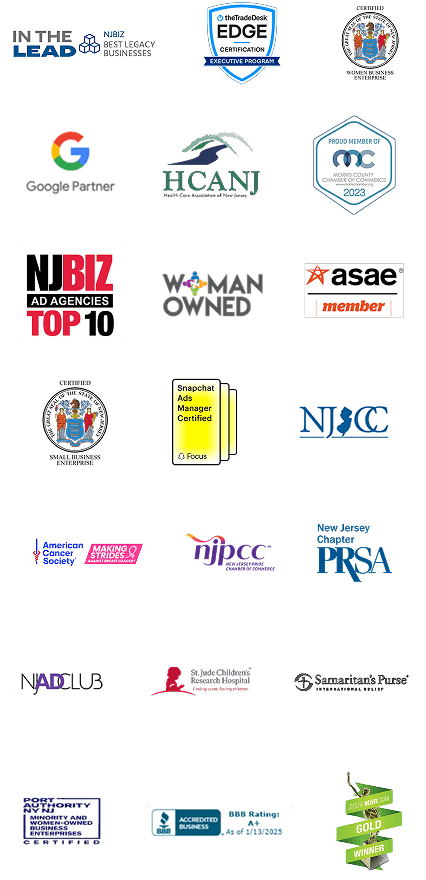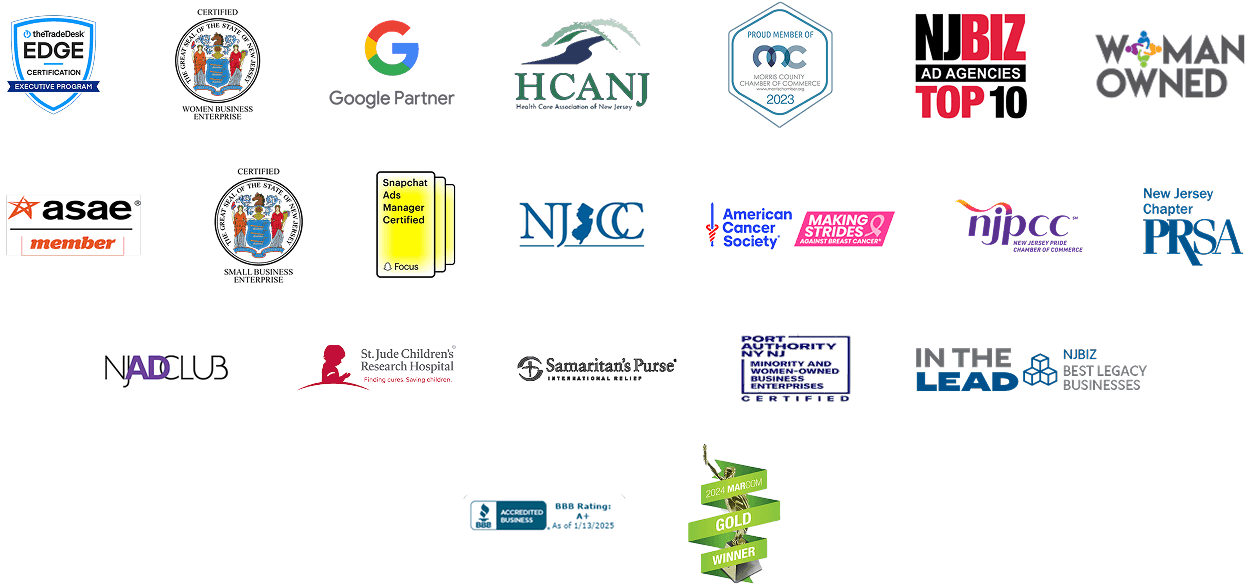How to Work Comfortably at Home While Sick

After falling ill about a week into January, I learned a thing or two about working remotely in the midst of an awful cold. I don’t know precisely what I had, but it featured body aches, sweats, chills, coughing, a stuffy nose, and pretty much everything in between.
Pool Tables & Snack Machines Are Out: Remote Working Is The #1 Perk Employees Want

Remember the days when in-office happy hours and pool tables were the coolest thing employers could offer? It’s 2022 and employers need to find new ways to attract and retain workers in a post-pandemic world.



